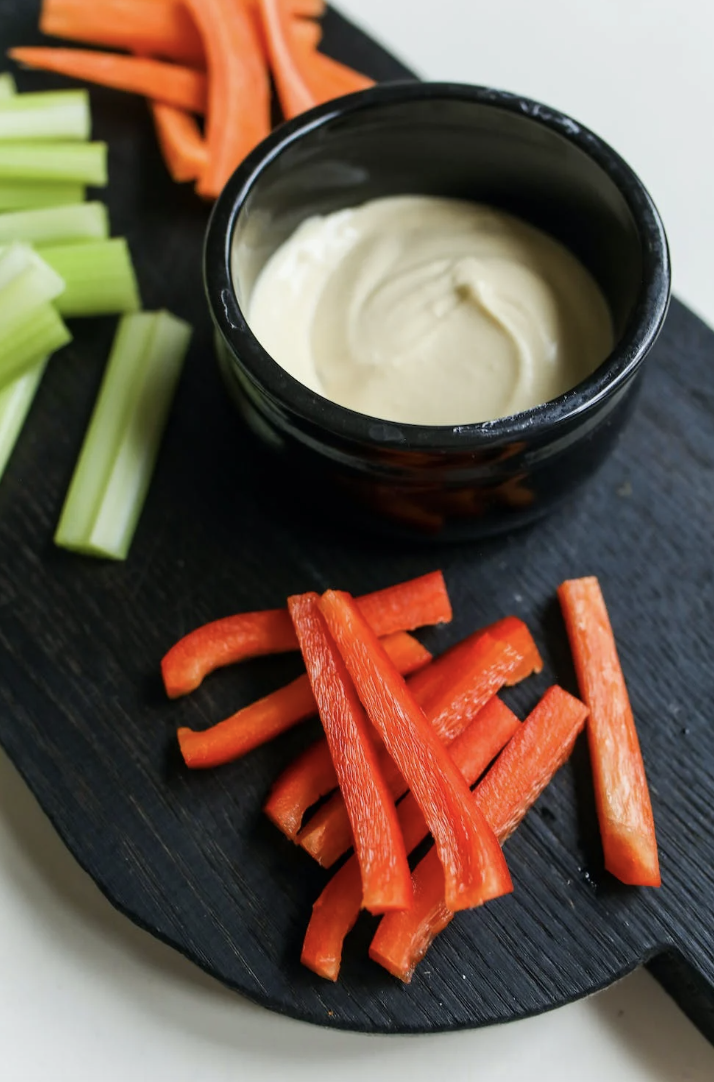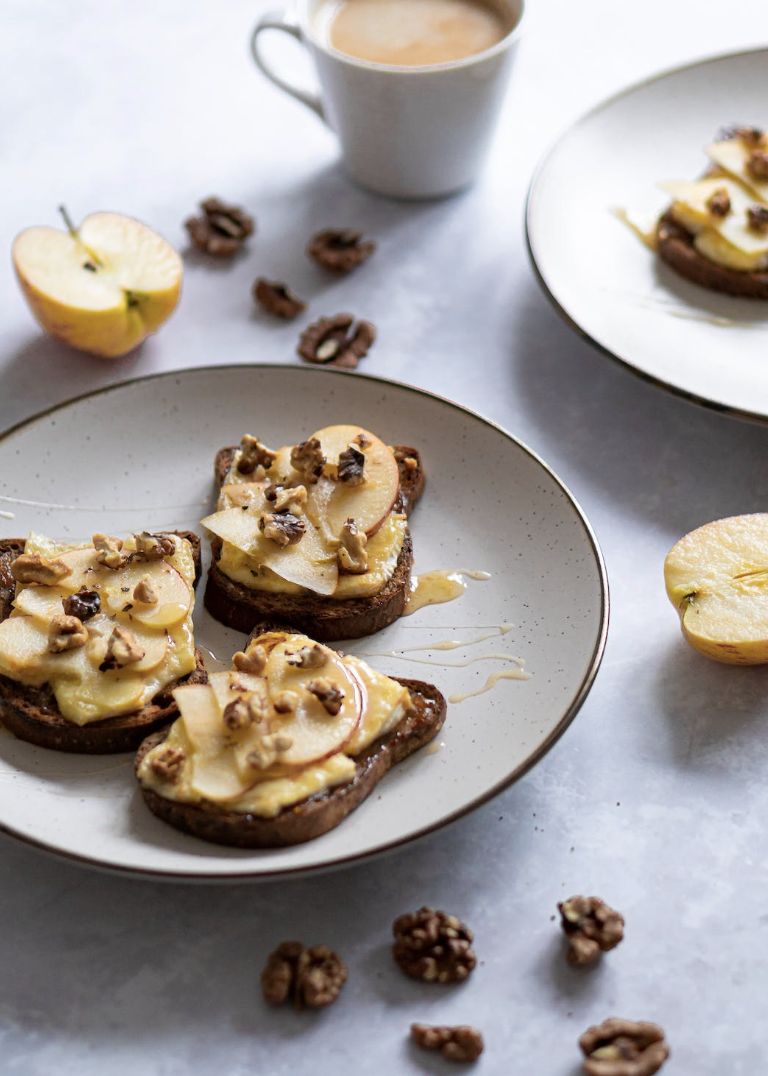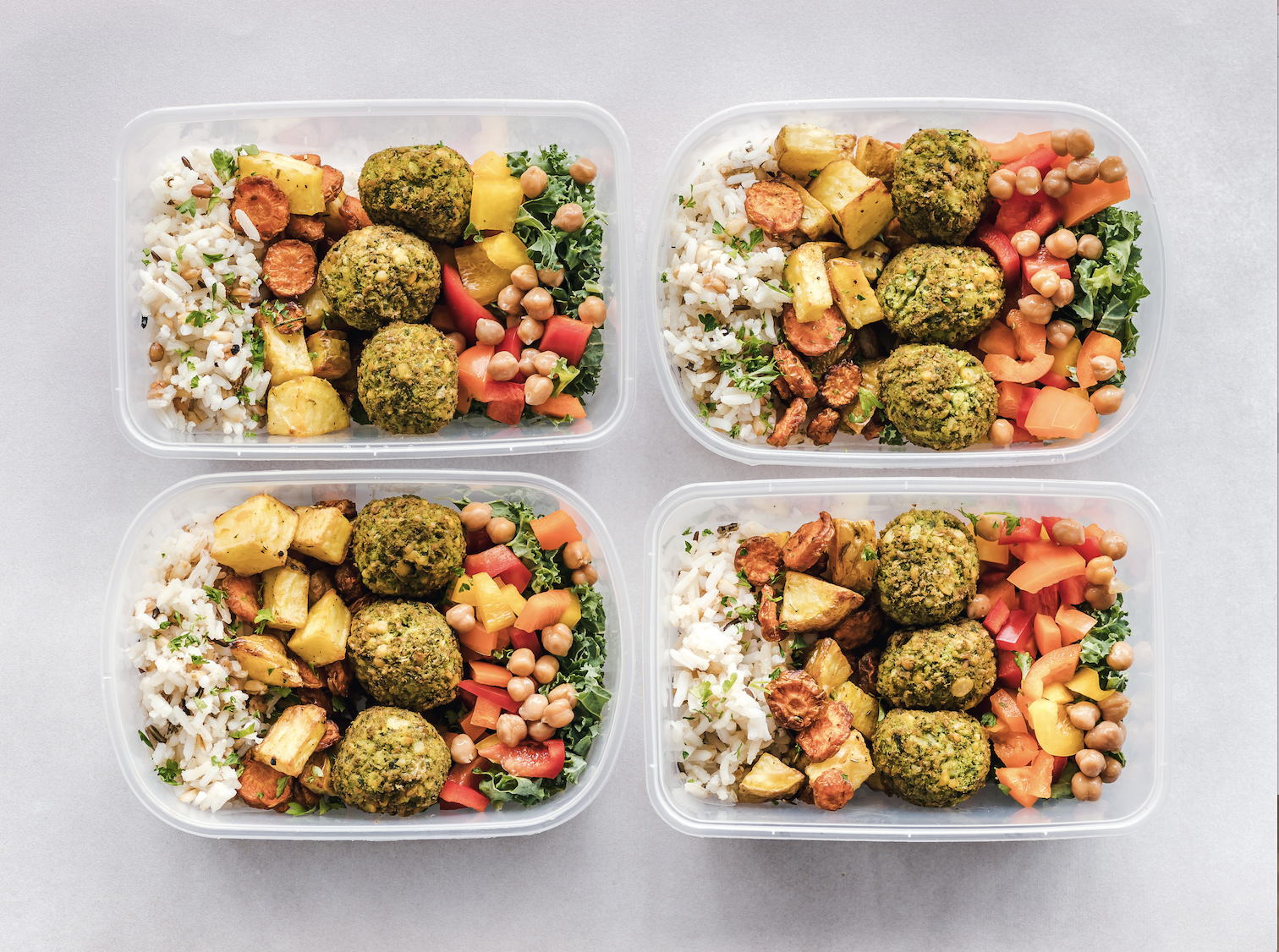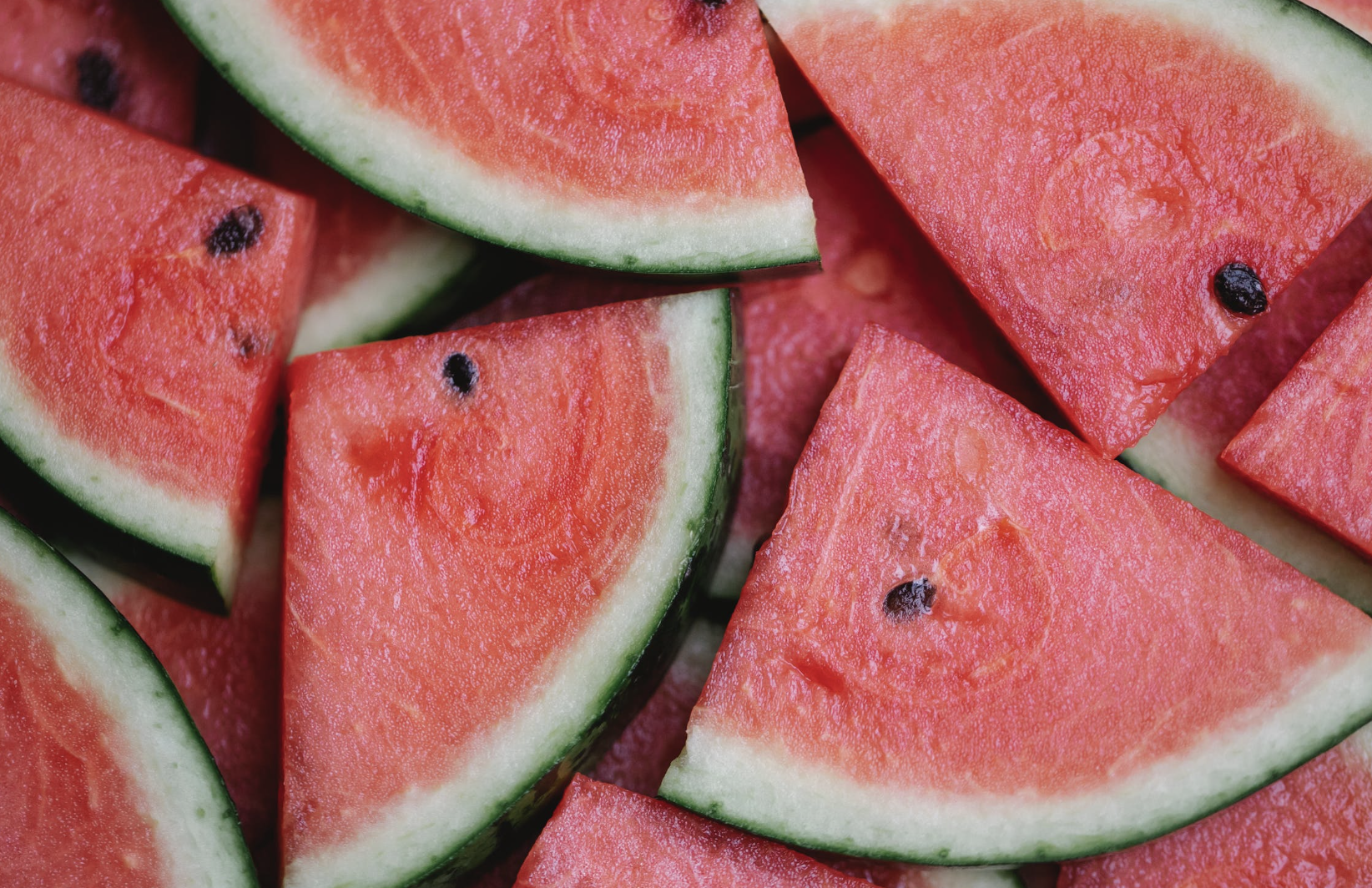
Snacks– not only are they a tasty bunch, they can satisfy hunger pangs that spring up between meals. When your energy levels are low, snacks can provide that instant boost. Quick, easy, and accessible, snacks can also supply nutrients into your diet and prevent overeating during main meals.
However, despite these nifty benefits, snacks have earned a rather unpopular reputation. This is because snacks, due to the proliferation of marketing and advertising, have become synonymous to processed, high-calorie items with zero nutrients.
In the USA, for example, data from the National Health and Nutrition showed that consuming unhealthy snacks might be directly linked to the 30% of American children and adolescents who suffer from obesity. Further, in a study published in “The Journal of Nutrition,” they found that approximately 97 percent of Americans snack, and get an average of 24 percent of their calories from snacks.
With snacks taking up space in the tummy and playing a huge role in our everyday diet, choosing healthy options is crucial. Not only that, we have to do our part in mitigating planet plastic pollution. When snacking, it’s not enough to be healthy, we have to find sustainable ways as well.
Check out this list of healthy and sustainable ways to snack.

- Swap those crisps for veggie sticks and hummus.
A staple in every household, office pantry, and camping trip are crisps or crunchy junk food, often made from potatoes or corn. For decades, people have been hooked to crisps with extreme cravings that experts have even likened to drug addiction.
Experts from the Imperial College of London have studied the brains of snack-eaters and drug addicts and found there are lots of similarities between the two.
While the brains’ reacted positively to healthy food as well, the experts noted that the reactions were stronger when it was shown junk food. Hence, they concluded that our brains have evolved to crave foods that provide us with short doses of high energy.
Highly-processed foods such as crisps are unnatural combinations of carbohydrates and fat, making them highly addictive, according to this article by Science News Explores. Does the popular slogan “once you pop, you can’t stop” ring a bell?
With these in mind, try to slowly curb junk food addiction and replace crisps with the healthy and sustainable alternative of vegetable sticks and hummus.
Making your own hummus is so quick and easy. Not only will you feel good about helping the environment, you’ll be doing yourself a favor by not consuming mean and nasty additives. For veggies, the more the merrier. Cut up some cucumbers, carrots, celery, or capsicum!
A definite plus? Most bags for potato chips and other crispy snacks are made with three layers of polymer materials. Polymers are made from petroleum, and they’ll never decompose. By not buying crisps, you help lessen plastic pollution.

- Add a fruit or vegetable to every snack.
Of course, we can’t help but to consume a Snickers bar or a Pringle every now and then. But here’s a helpful tip: perhaps you can make junk food the exception rather than the rule, and incorporate this lifestyle habit of adding a fruit or a vegetable to every snack.
Think tortilla chips and slices of avocado (yum, some good fats!) Love cheese? Pair some slices with tart green apples instead of crackers. You can never go wrong with bananas and peanut butter too.
By making fruits and vegetables the “star” of your snack time, you get to prioritize plants, which is one of WWF’s tips for eating for the planet. By shifting to a more plant-based way of eating, it’s a win-win for both the eater and the environment – you can reap health benefits, while the earth enjoys a reduced freshwater withdrawal and deforestation.

- Choose local products or snacks.
These days, don’t you find it is our responsibility to check out the origin of a product before we buy it? Imported snacks were shipped from millions of miles away that consumed gas, which then contributed to greenhouse emissions. A huge no-no.
Instead, a sustainable way to snack is to find alternative products and what better way than snacks owned by local businesses in your community?
Often, these are products made with love, in small batches, and are mindful of the ingredients they use.
An example is sugar-free banana chips made in the Philippines. Start by going to community bazaars and local markets where you get to meet the local makers.
Of course, as a customer, you have to do your part too, such as doing research, or making suggestions to the local makers on how they can create healthier and more sustainable snacks.

- Stock the kitchen and plan ahead.
On your next grocery run, skip the cookies, chips, candies, and crisps. Instead, head straight to where the colorful and vibrant stuff are. Go for fruits, vegetables, nuts and seeds, so you won’t give in to your thoughts come snacking time.
During a stress-free weekend, meal prep your heart out. Chop those veggies and place in nice containers, cook up a batch of boiled eggs, and stock up your pantry with your favorite fruits and nuts and make them the center of the snack cabinet.

- Eat mindfully.
Lastly, the one thing you can do for your health and the planet is to eat mindfully. In other words, refrain from multi-tasking. A 2009 study conducted at the University of Birmingham, in England, showed that when you’re distracted during mealtime, you may be more likely to over-snack later on. Also, when you pay attention to what you eat, you get to ponder about the food you’re consuming. Questions such as where did this come from, and was this sustainably sourced arise. By looking at the bigger picture, we may alter our snacking decisions, and be encouraged to support local businesses that seek out sustainable alternatives.
We can do better, that is the mantra. Which is why sustainable and healthy snacking is a win-win, whichever angle you look at it.
Tags
References:
https://www.wwf.org.uk/betterbaskethttps://www.hsph.harvard.edu/nutritionsource/2015/06/17/5-tips-for-sustainable-eating/http://www.gogreen.org/blog/the-environmental-benefits-of-buying-locallyhttps://www.snexplores.org/article/processed-snack-food-ingredients-addictivehttps://www.hsph.harvard.edu/nutritionsource/snacking/#:~:text=Benefits,like%20fresh%20fruit%20or%20nuts.https://www.weekand.com/healthy-living/article/healthy-snacks-important-18013147.phphttps://www.healthline.com/nutrition/snacking-good-or-bad



0 Comments